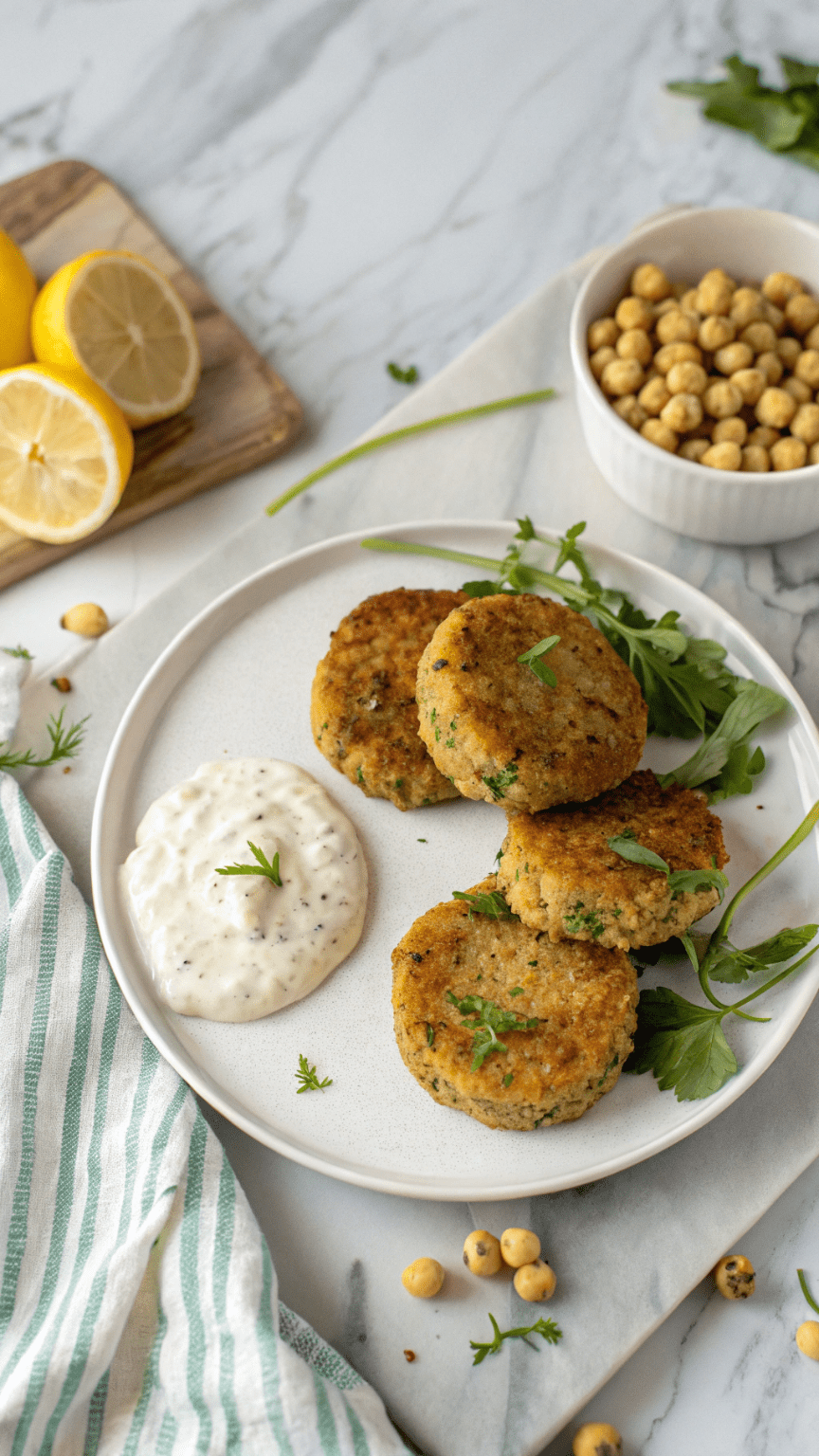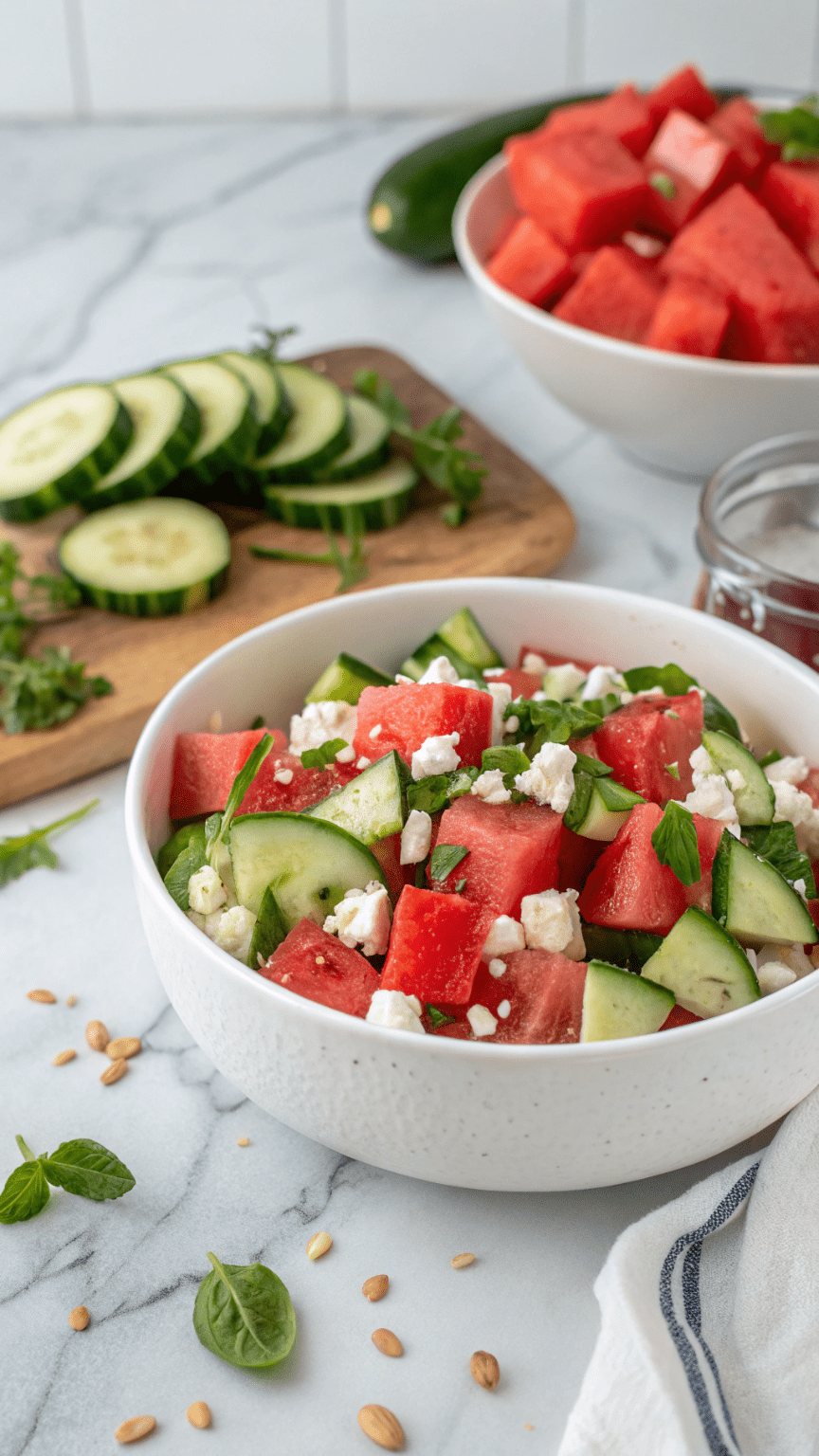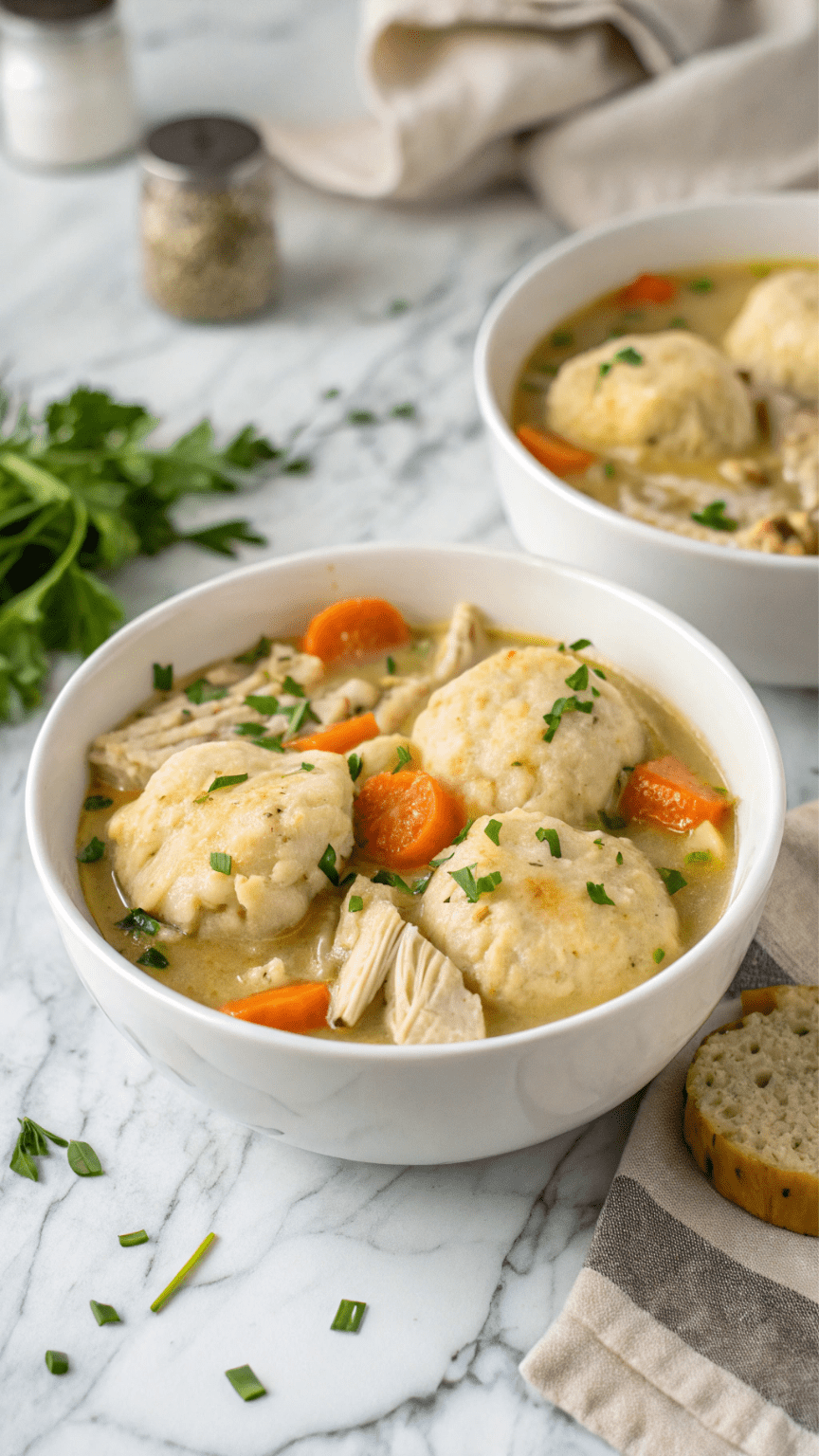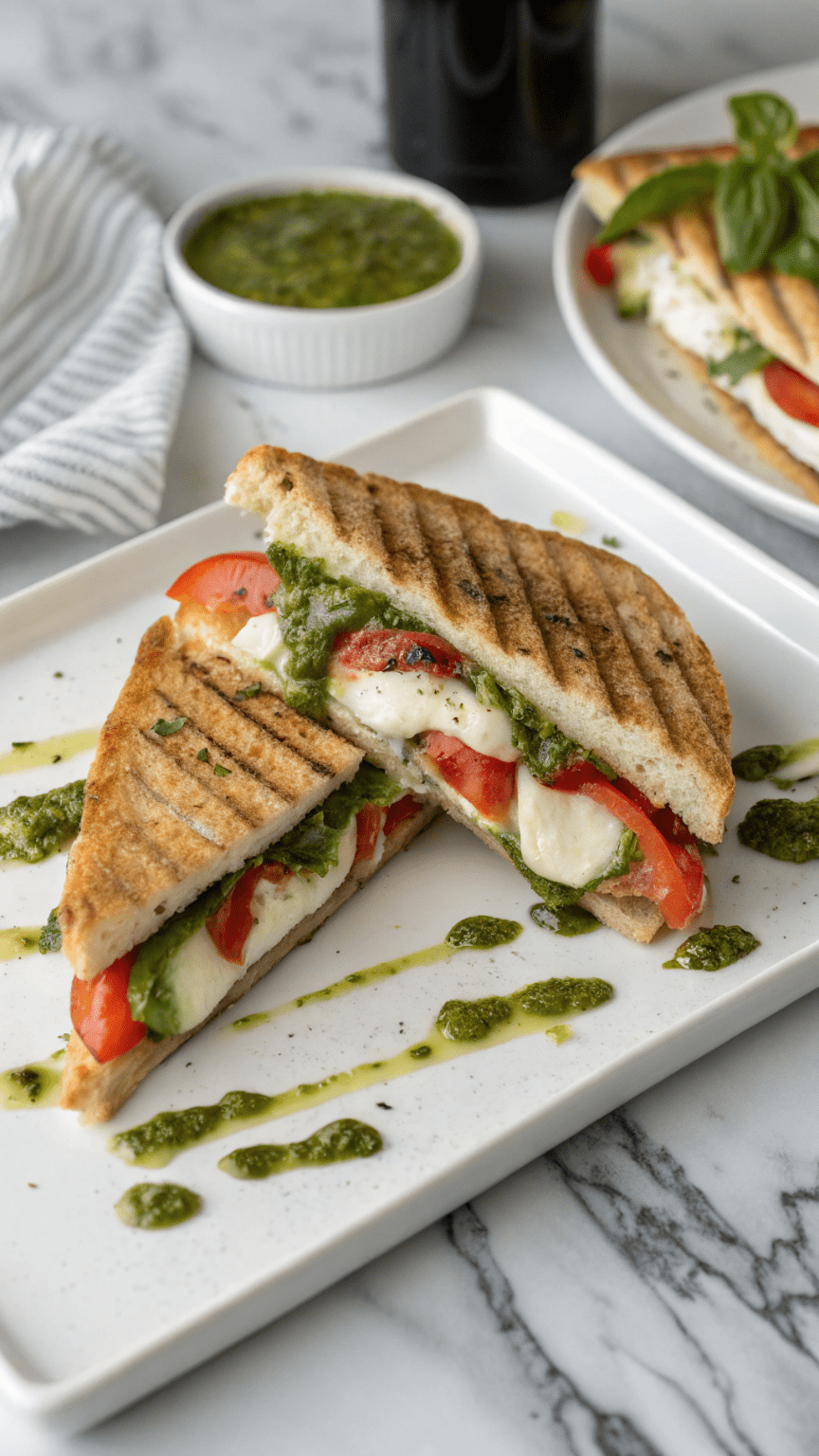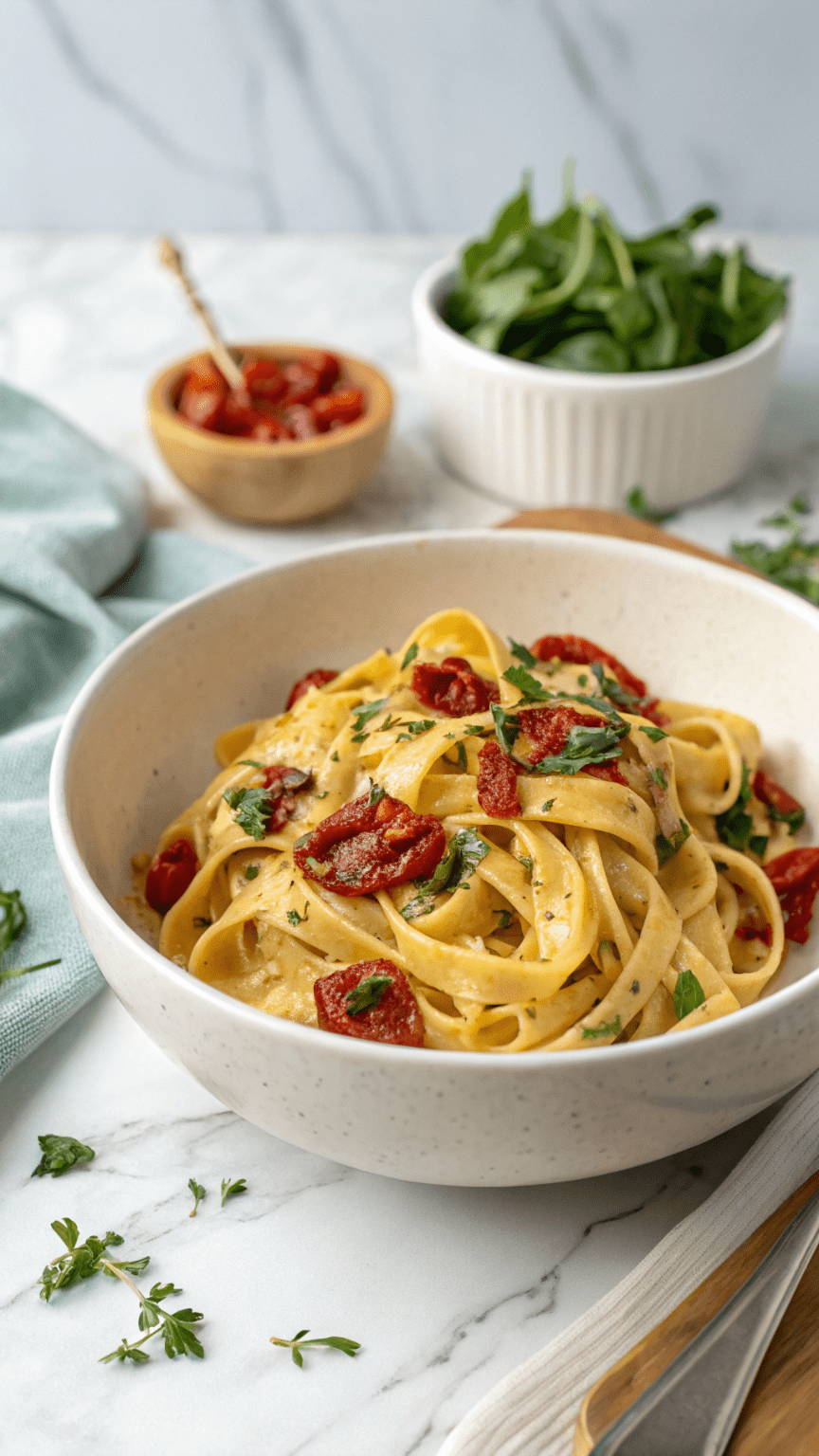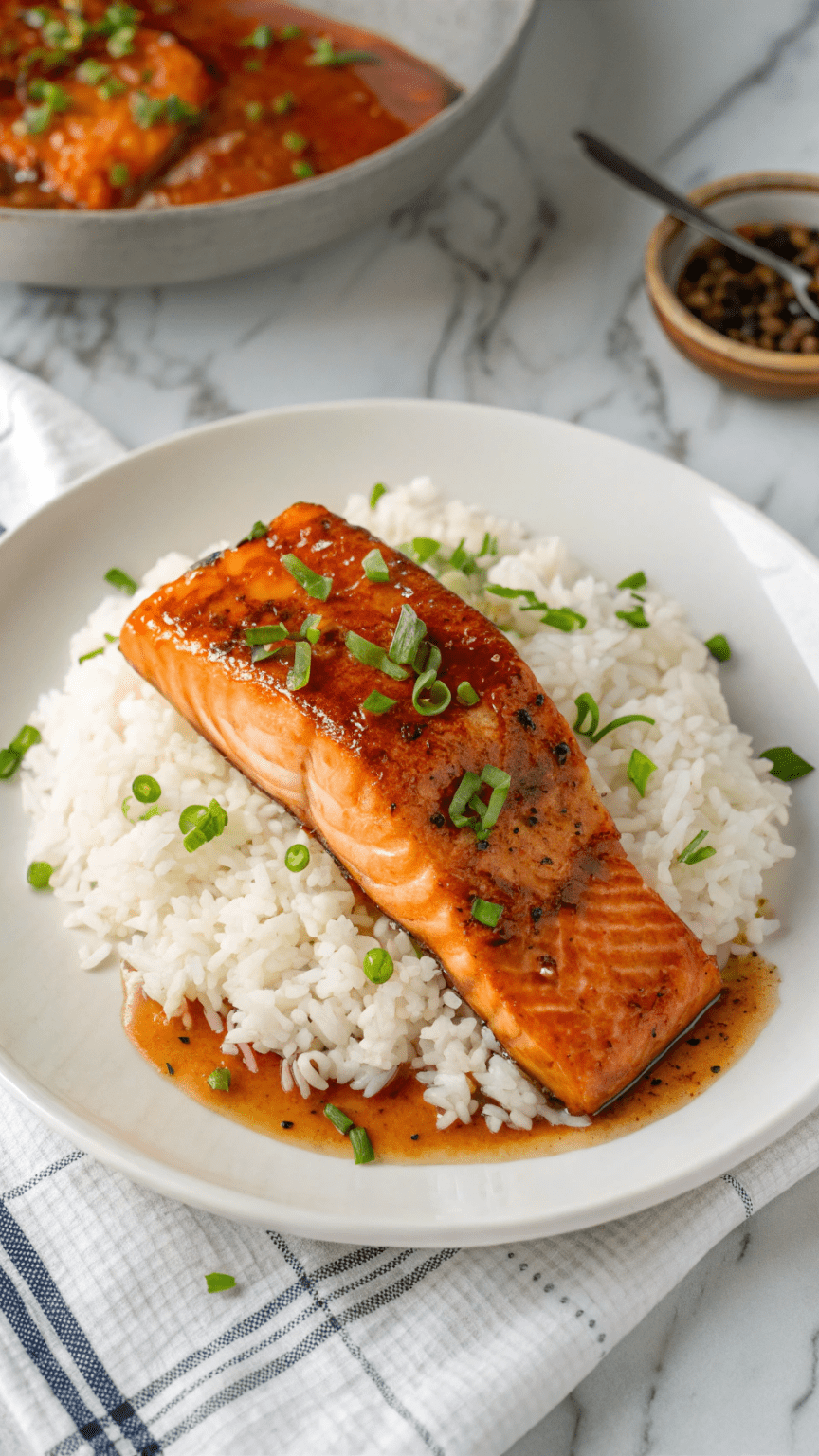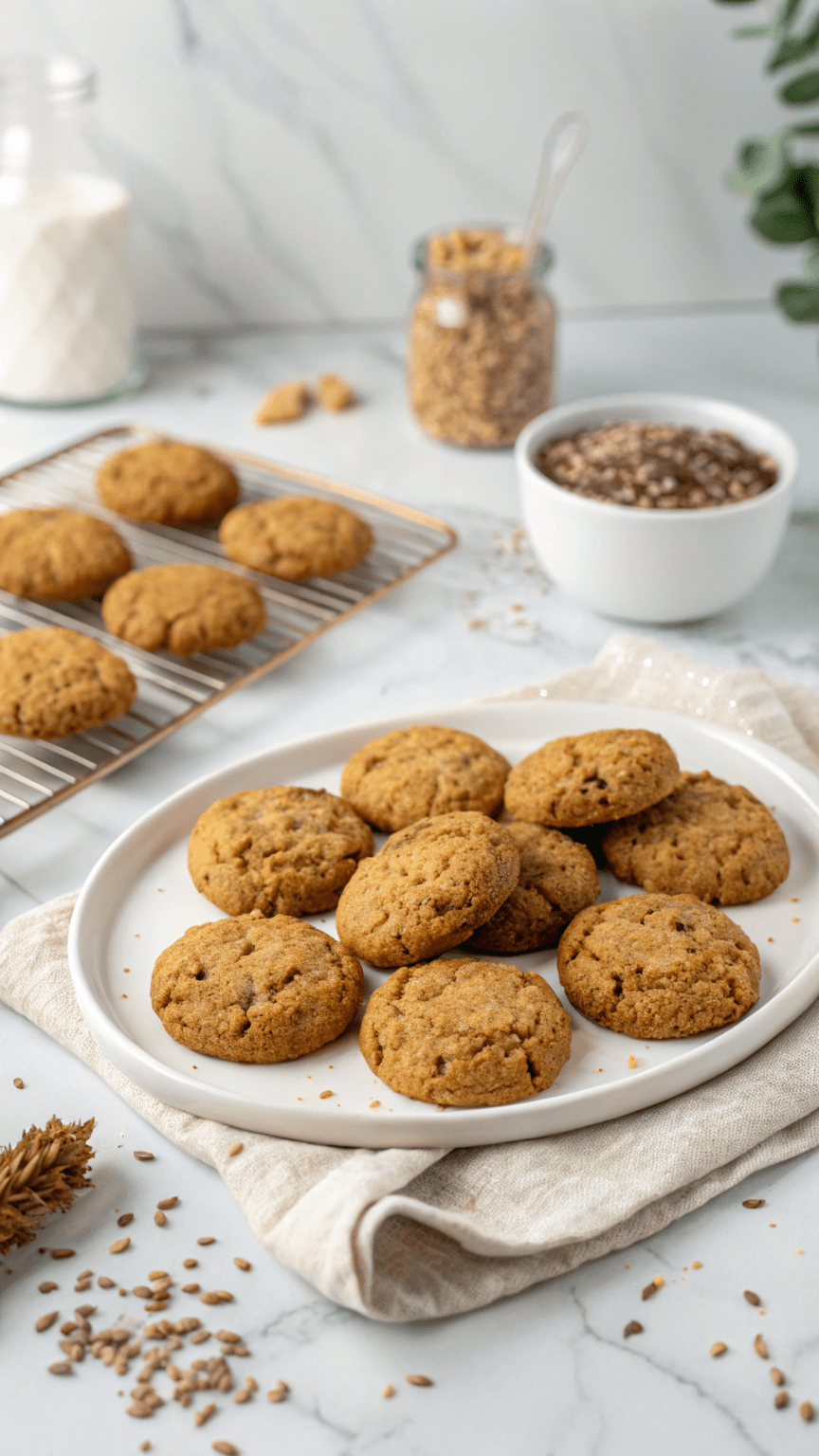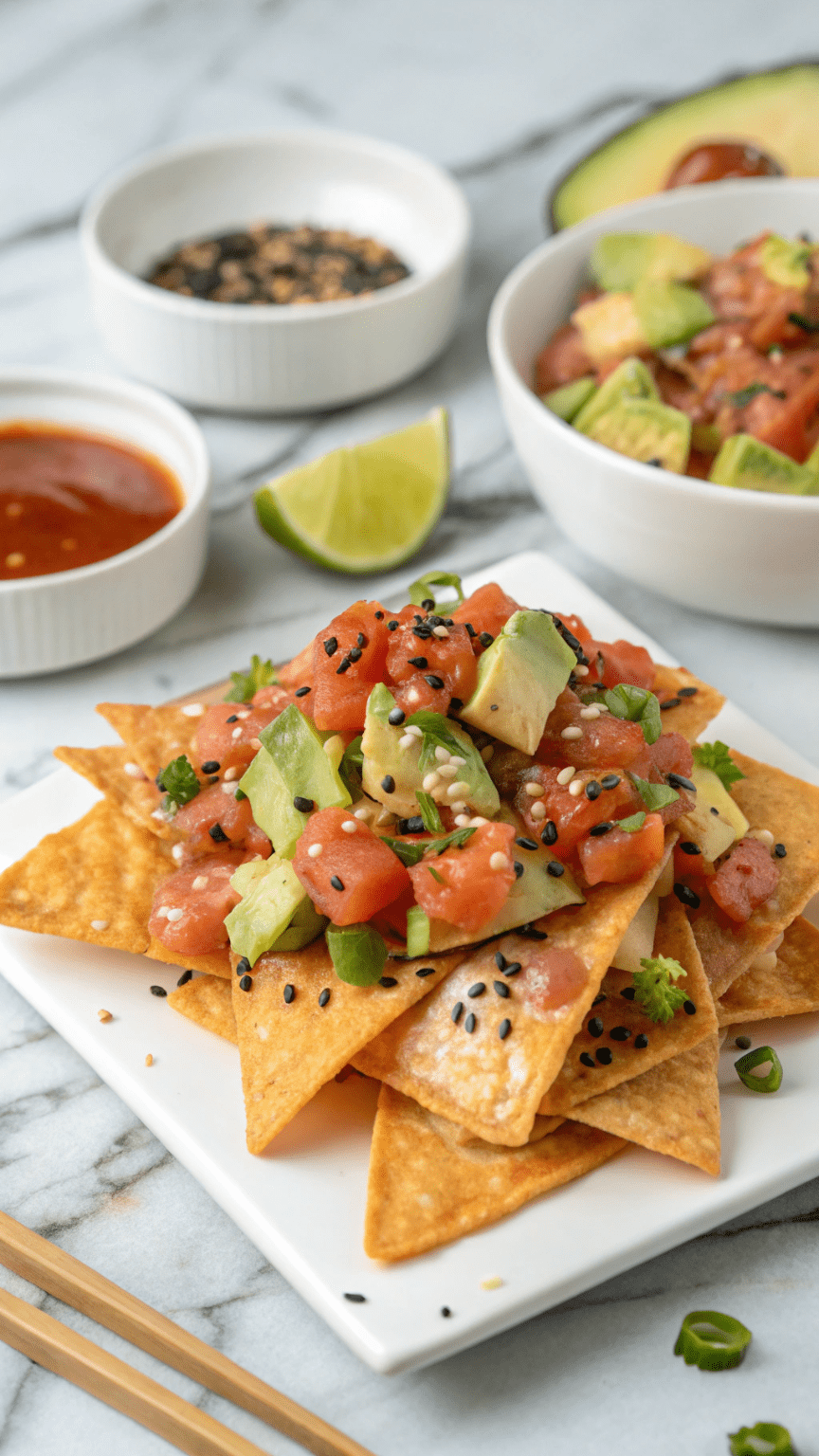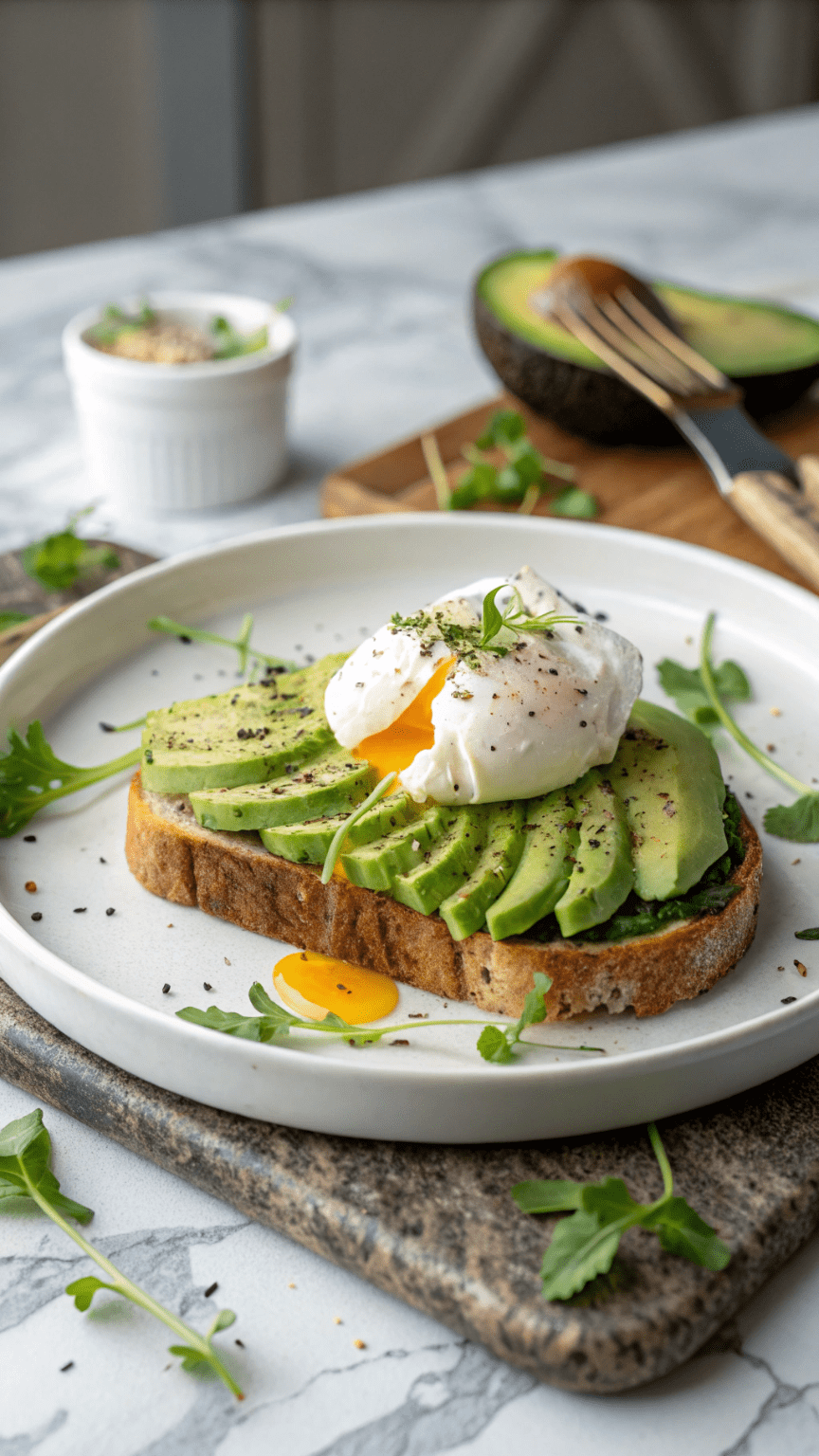Craving a healthy and flavorful meal? Try our easy Mediterranean lemon chickpea patties! Packed with plant-based protein and fresh herbs, and served with a creamy yogurt sauce. Get the simple recipe!
Easy Vegan Watermelon Salad with Fresh Mint
Stay cool with this refreshing vegan watermelon salad recipe! A simple mix of sweet watermelon, cucumber, fresh mint, and a tangy lime dressing. Healthy, delicious, and ready in 10 minutes.
Homestyle Chicken and Dumplings
Enjoy cozy comfort food with this Homestyle Chicken and Dumplings recipe. Packed with tender chicken, veggies, and fluffy dumplings in a savory broth—perfect for family dinners and cold nights.
Caprese Panini with Pesto
Enjoy a gourmet twist on a classic Italian favorite with this Caprese Panini with Pesto. Perfectly grilled sourdough, fresh mozzarella, tomatoes, and basil pesto make it an easy, healthy vegetarian lunch idea.
Vegan Creamy Tuscan Sun-Dried Tomato Pasta
This Creamy Tuscan Sun-Dried Tomato Pasta combines garlic-Parmesan sauce, spinach, and sun-dried tomatoes for a rich, comforting meal you can make in 30 minutes. Perfect for date night or a cozy dinner at home.
Honey Garlic Salmon with Rice
This quick and easy honey garlic salmon with rice is sweet, savory, and packed with protein. A healthy weeknight dinner ready in under 30 minutes!
Flaxseed Cookies
hese chewy flaxseed cookies are a healthy, fiber-packed treat perfect for snacking. Made with simple ingredients, they’re gluten-free, naturally sweetened, and delicious!
Vegan Chili Soup
This easy vegan chili is packed with protein-rich beans, veggies, and bold spices. Perfect for a cozy, healthy, one-pot meal. Gluten-free, dairy-free, and meal-prep friendly!
Spicy Tuna Poke Nachos
Try these Spicy Tuna Poke Nachos for a bold, healthy twist on your favorite appetizer! Packed with protein, omega-3s, and fresh toppings, it’s the perfect fusion of crunch and spice.
Avocado Toast with Poached Egg
Start your day with this nutritious and delicious Avocado Toast with Poached Egg. Packed with healthy fats, protein, and fiber, it’s the perfect balanced breakfast or brunch.

